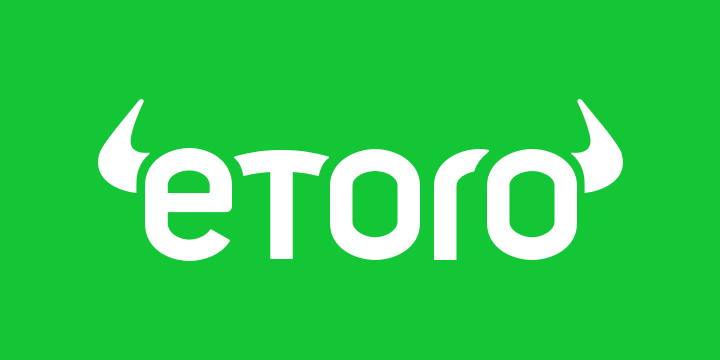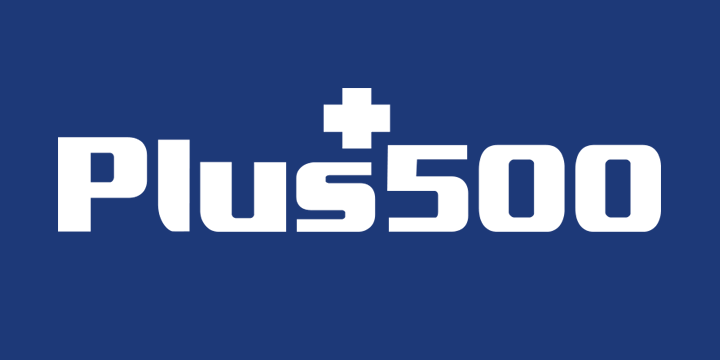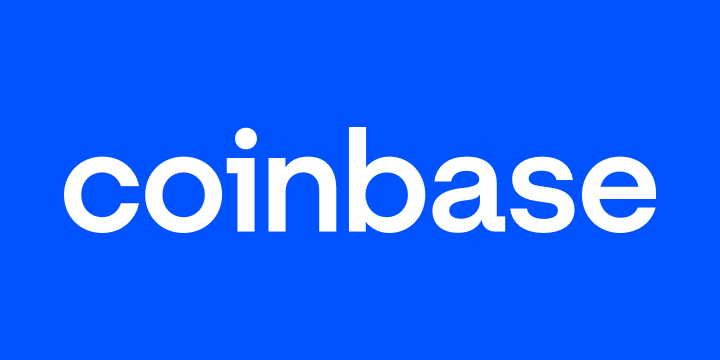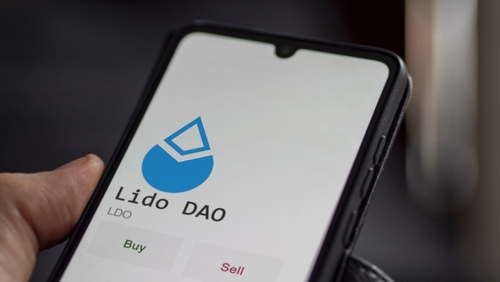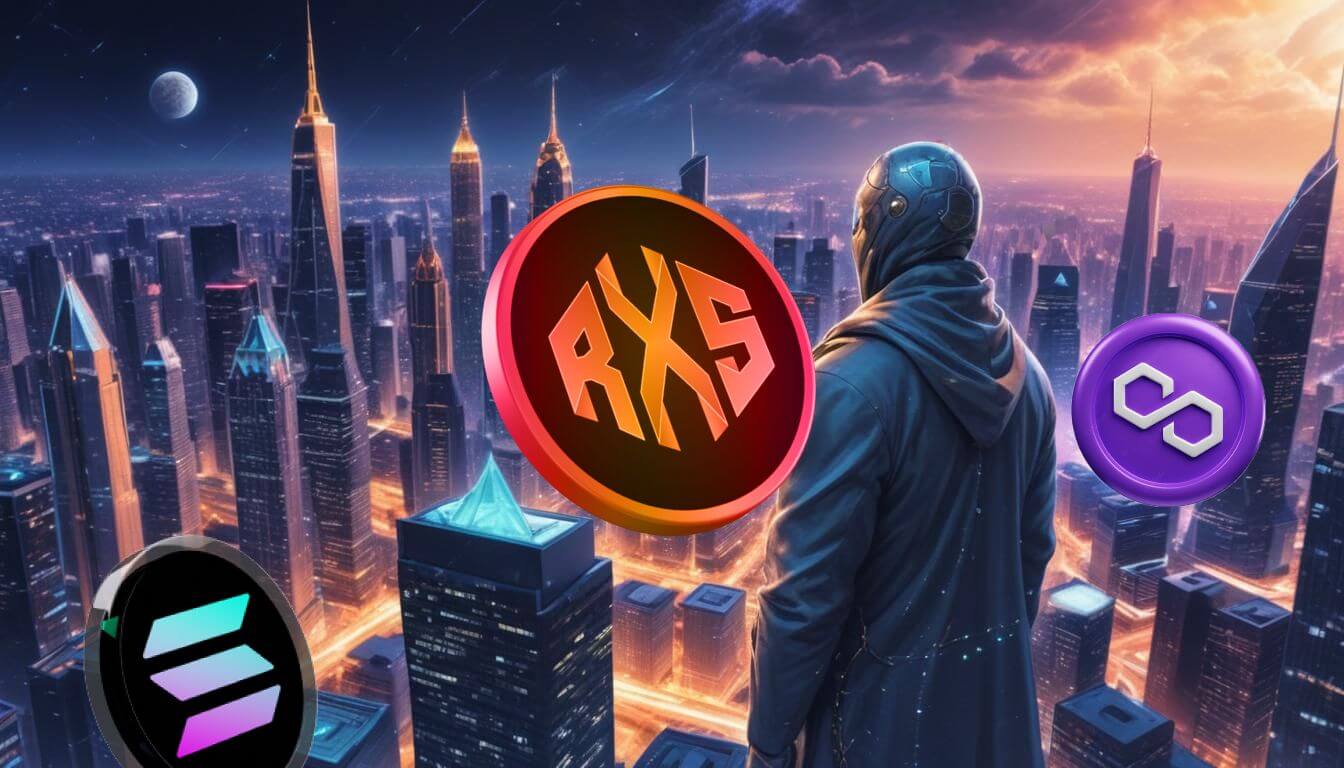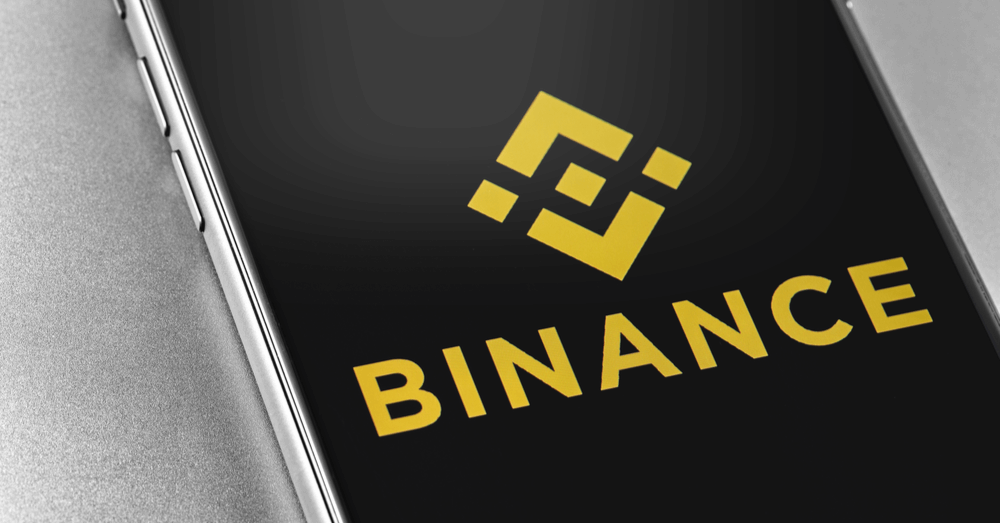Polygon price USD
MATIC/USD
Polygon Advanced Real Time Data
Polygon Price
One Polygon is currently worth ... as of .... You can use our live market data to track the MATIC/USD price in real time or analyse how it has performed in the past using our historical price data. If you are interested in owning some Polygon, read our detailed guide on how to buy Polygon.
What is MATIC price today?
The price of MATIC today is .... This price is ... in the last 24 hours. It has a 24 hour trading volume of ....
What is the total supply of MATIC?
MATIC has a circulating supply of ... and a total supply of ....
What is the price prediction for MATIC?
Price predictions for MATIC vary, depending on who you ask. There are both macro and micro-economic factors which influence the price of MATIC.
For full guidance and analysis on the future price of MATIC, read our MATIC price prediction technical analysis.
Where can you buy MATIC?
You can buy MATIC on a crypto exchange. Here are our recommended options:
Learn more about Polygon
How to buy Polygon
Buy MATIC in Germany
Buy MATIC in Spain
Buy Polygon in Norway
Buy Polygon in Qatar
Buy Polygon in Singapore
Buy Polygon in the Philippines
Polygon
Polygon Price Prediction
Polygon Staking
Price Statistics
Price ...
Percentage Change 1hr ...
24hr Low / High - / -
7d Low / High - / -
30d Low / High - / -
52w Low / High - / -
Market Rank ...
Market Cap ...
Circulating Supply ...
Maximum Supply ...
Total Supply ...
Alternative Cryptocurrencies
Read More About Polygon
What is Polygon?
Launched in October 2017, Polygon, formally known as the Matic Network, is a layer two network used to scale Ethereum and infrastructure development. Its core component is the Polygon SDK, a modular flexible framework that supports building multiple types of applications. Using the protocol, developers can create optimistic roll-up chains, ZK roll-up chains, stand-alone chains and any other kind of infrastructure they may require.
Polygon effectively transforms Ethereum into a full-fledged multi-chain system or an internet of blockchains. By doing this, Ethereum is able to match other newer and superior protocols such as Polkadot, Avalanche, Cosmos, and the rest but still retaining the advantages of Ethereum’s security, vibrant ecosystem and openness.
MATIC serves as the native token of the protocol and is used for governance and securing the platform. Polygon is highly regarded within crypto circles and has received backing from the likes of Binance and Coinbase as it seeks to stimulate mass adoption of cryptocurrencies by resolving scalability issues that plague most protocols. Jaynti Kanani, Sandeep Nailwal and Anurag Arjun are the brains behind this layer 2 platform.
A Brief History on the Price of Polygon
Polygon is a relatively new crypto project when compared to the likes of Bitcoin, but there have been numerous external factors that have had a big impact on its price. We’ve traced a few such factors in this section.
Key News for Polygon
Polygon was originally launched as the Matic Network in October 2017. Its native MATIC token wasn’t launched until April 2019. Nothing especially notable happened until Matic finally deployed its mainnet in June 2020. Until then, the value of MATIC fluctuated between $0.01 to $0.03.
The Matic Foundation announced that it had brought 10 nodes online when the mainnet went live. With that rollout, Matic gained the ability to run dApps and support asset transfers between the Matic network and the Ethereum blockchain. It uses Plasma framework-based sidechains and a Proof-of-Stake model to speed up dApp performance at a fraction of the ETH gas cost.
The timing of the Matic mainnet launch was almost providential as it coincided with the boom of DeFi transactions on Ethereum during the second quarter of 2020. The sudden increase in transaction volumes caused network congestion and resulted in a rise in gas prices. Gas is the cost of the computational resources needed to execute transactions on the Ethereum blockchain.
Gas fees reached as high as $6.68 in August 2020. Matic was in a prime position to prove its use case as an affordable scalability solution for Ethereum. Its growth in 2021 is largely thanks to a surge in popularity of the Ethereum network.
MATIC’s price reached $0.1 for the first time in February 2021, right after the Matic network was rebranded to Polygon. Increased congestion on the Ethereum network continued to cause gas prices to go up, so more app developers turned to Polygon for a cheaper and faster alternative. Transactions on the Polygon network cost around $0.001.
Even though gas fees on Ethereum started to drop by June 2021, an increasing number of DeFI users and developers still adopted Polygon. By July 2021, the network’s scaling solution has been adopted by over 400 dApps that conduct over 7 million transactions per day.
The Ethereum network is long overdue for a system-wide upgrade that improves its usability and scalability. But until Ethereum 2.0 becomes a reality, Polygon has filled that void by providing a “layer-2” (L2) solution for Ethereum-based applications that charges much lower fees without compromising security.
Polygon Timeline
-
25th April 2019
MATIC tokens were officially launched via an initial exchange offering (IEO) organised by the Binance Launchpad program. MATIC is an ERC-20 token with a total supply of 10 billion tokens. 19% of the total supply (1.9 billion tokens) was allocated for the launchpad, which raised $5 million. By the end of the year, MATIC was available on more than 20 crypto exchanges. (MATIC token price during IEO was $0.00263). -
31st May 2020
The first version of the Matic mainnet was launched after 2.5 years of development. The ability to stake MATIC tokens was finally rolled out for the public. (MATIC’s price at the time of the announcement was approximately $0.02). -
9th February 2021
MATIC rebrands itself as Polygon in an attempt to be recognised on a global scale. At that time, Polygon upgraded the system to provide a layer-one blockchain network with integrated scaling solutions for NFTs, DeFi, etc. (MATIC’s price reached approximately $0.1 on 10th February. Its market capitalisation crossed the $1 billion threshold by the end of the month). -
April 2021
The price of MATIC started to rise and reached new record highs thanks to increased congestion on the Ethereum network. Network overload and high transaction costs on Ethereum increased demand for Polygon. (MATIC token price reached approximately $0.82 by 30th April). -
18th May 2021
MATIC’s price continued to rise over the next three weeks as more retail investors and traders flocked to the network. (MATIC reached an all-time high of $2.68 before the bull run ended). -
25th May 2021
Mark Cuban added Polyon to his portfolio. The billionaire investor confirmed that he had thrown his weight behind the project on 25th May, but he didn’t disclose the size of his stake. (The price of MATIC leapt to approximately $2.21 on 26th May). -
29th May 2021
Polygon announced that it had integrated its assets into Google Cloud’s BigQuery platform. The integration allows BigQuery users to analyse on-chain data on Polygon and gain insights on the 7 million-plus transactions/day conducted on the network. Users can monitor gas fees and smart contracts, and identify the most popular tokens or apps on the Polygon network. (The price of MATIC rose from $1.69 on 29th May to $1.86 the following day). -
16th June 2021
MATIC experienced a big downtrend in June, but reports that institutional investors were joining Polygon helped give it a boost. Ethereum-based decentralised exchange Kyber Network announced that it was partnering with Polygon to enhance DeFi liquidity. Through the partnership, the Polygon ecosystem will gain access to Kyber’s dynamic market maker protocol. (MATIC price rose to $1.5 on 17th June).
Compare Polygon with Fiat Currencies, Commodities and Crypto
Polygon’s MATIC token is meant to function as a means of payment for transactions conducted on the network. The tokens can also be staked to secure the Polygon network in exchange for block rewards. MATIC experienced substantial growth in 2021, and that has attracted a lot of attention from both individual and institutional investors hunting for the next golden egg. How does MATIC compare to other well-known investment commodities?
Compare Polygon with Ethereum
The market value of MATIC tokens and ETH is intertwined. When there is congestion on the Ethereum network, users turn to Polygon for a solution, and that impacts the market value of MATIC.
Polygon’s MATIC token is similar to Ethereum’s ether in many ways. MATIC has three key uses: paying transaction fees, funding ecosystem projects, and participating in the Proof-of-Stake consensus. Ether has the same uses except for staking, which is going to be added during the 2.0 upgrade.
2021 was a pretty good year for Ethereum. Like MATIC, ETH rose to reach an all-time high of $4,900 in November 2021. However, while MATIC managed to maintain its uptrend for a short time, ETH dropped during the same time frame. Both tokens ultimately experienced a downtrend as the market corrected itself.
Compare Polygon with US Dollars
The US dollar managed to hold steady in 2021 and retain its value as the global economy started to recover from the financial effects of the COVID-19 pandemic. MATIC, on the other hand, experienced a lot of volatility in 2021, but it managed to hit a big milestone when the value of one token reached $1 for the first time.
Compare Polygon with Gold
Both MATIC and Gold are finite assets whose value depends on investment interest and speculation. Gold has a long history as a safe-haven investment. The pandemic drove Gold prices to reach new record highs as investors sought refuge from the economic fallout. It reached a historic high of $2,067 per troy ounce in August 2020, but that bull run didn’t last forever. While the price of Gold hasn’t been as volatile as the price of MATIC tokens, its performance in 2021 has been less than stellar as the global economy continued to recover from the effects of the pandemic.
Polygon Future Price Predictions
MATIC’s market activity in 2021 garnered considerable interest in the project. It is impossible to say with any absolute certainty if MATIC will maintain its current popularity into 2022 and beyond, but several technical and fundamental indicators can point to its possible future performance.
Polygon Price in 2021
The congestion of the Ethereum network that occurred in 2021 was the best thing to happen to Polygon. It gave Polygon a real-life scenario to prove its viability beyond carefully organised testnets. Thanks to the successful launch of its mainnet in 2020 as well as adoption by numerous dApp developers, Polygon was able to turn Ethereum’s lemons into lemonade.
MATIC managed to reach an impressive all-time high of $2.87 with a market cap of more than $15 billion in December 2021, making it the most valuable tech project to ever come out of India. It received celebrity endorsements from the likes of Mark Cuban and partnerships with big players in the crypto market like Aave and Khyber Network. There is no doubt that 2021 will go down as one of the best years for Polygon.
Whether MATIC can maintain its market position to the end of 2021 is tough to say, but it’s a very promising investment. The DeFi movement doesn’t seem to be slowing down. While Ethereum’s congestion woes may have eased, the network won’t get an upgrade until next year. That’s good news for Polygon.
Polygon Price Predictions for 2025
Polygon’s momentum might slow down in 2025 because of the Ethereum 2.0 launch. The upgrade is expected to happen either by late 2021 or early 2022. During the Scaling Ethereum Summit held in April 2021, Ethereum founder Vitalik Buterin announced an ambitious multiple-year plan for upgrades and optimisations to the Ethereum network. The sharding upgrade is expected to reduce congestion and bring down gas fees. That could affect Polygon’s market price since providing scalability to Ethereum-based systems is its biggest selling point.
However, Polygon’s developers are confident the protocol will still have a use case even after the sharding upgrade. CEO Sandeep Nailwal told press sources that the sharding upgrade will increase Ethereum’s scalability 64 times than what it is right now, but he believes demand is 1,000 times the current level. Scalability solutions like Polygon will still be needed to meet the increasing demand for DeFi and NFTs.
Beyond 2025 for Polygon
Polygon has its foot in many large decentralised projects. For example, Polygon powers Cent, which is a platform that establishes the digital identity of NFTs. Cent rose to prominence when celebrities like Jack Dorsey and Elon Musk announced the sale of NFTs using the platform. Other Ethereum-based projects that use Polygon as a scaling solution include Decentraland, OpenSea, Aave, Quarkchain, Ankr Network, and PolyMarket.
It’s tough to say if these companies will continue using Polygon once Ethereum 2.0 is launched (or if they’ll even still exist), but the growing list of partnerships and new use cases involving Polygon points to a bright future for the project. Polygon intends to extend support to other blockchains in addition to Ethereum, and that will likely have a big impact on its longevity and market valuation.
Polygon Price Conclusion
The first year of MATIC’s existence was marked by relative stability. Its price managed to hold more or less steady until 2021, when increased demand for DeFi, dApps, and NFTs started to clog the Ethereum network and raise gas prices.
Polygon was in the perfect position to test its scalability solution in the real world, and that proved to be a boon for MATIC. Its performance in 2021 proves that a cryptocurrency backed by a good technical foundation can hold its own even when the market turns bearish for crypto titans like Bitcoin and Ethereum.
Polygon benefits from Ethereum’s market dominance, which gives it an edge over rival blockchains like Polkadot, Solana, and Binance Smart Chain that seek to replace Ethereum. The project’s unique use case and market position have made it a solid investment that’s worth buying early.
